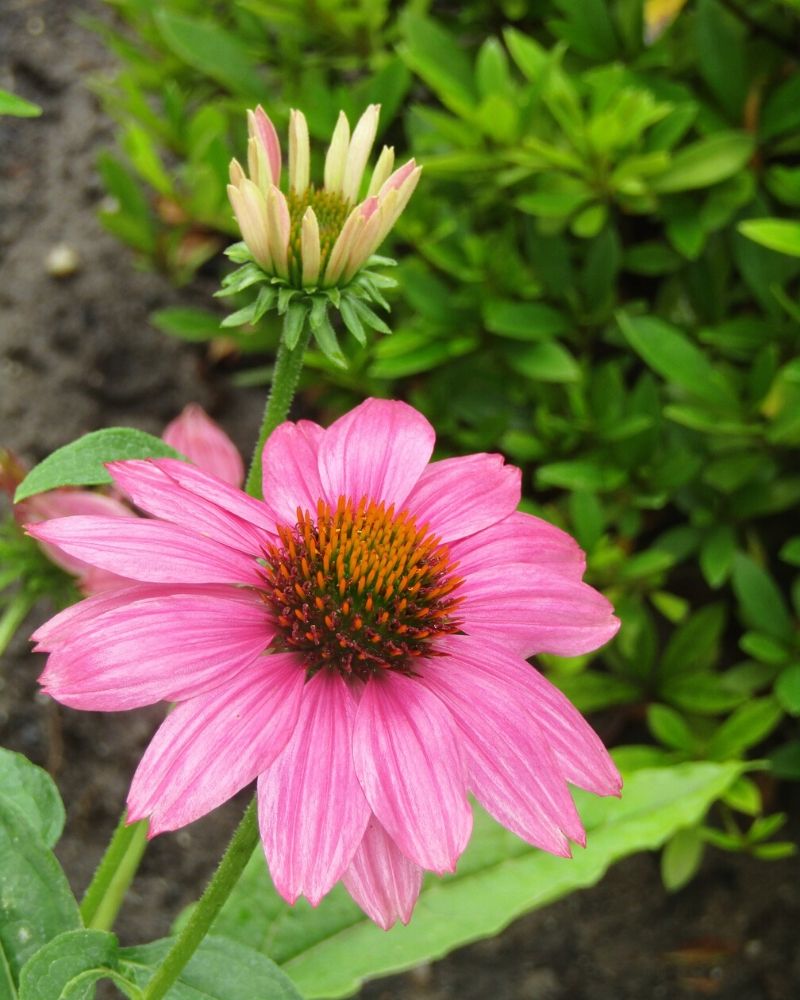
Echinacea offers antibacterial properties that prevent pathogens from making you sick. Boosts ImmunityĮchinacea tea has long been used as a staple in improving the immune system and fending off infections. This tea is commonly blended with lemongrass and mint to offer a smoother flavor. It has the sharp freshness of pine needles and the soft, round flavor of meadowsweet. Echinacea boasts a strong flavor that is heavy on the floral notes. Flavor ProfileĮchinacea tea offers a tingling feeling that is refreshing and invigorating.

Echinacea tea is an herbal tea and naturally caffeine-free so it can be enjoyed all day long.

The purpurea variety has reddish purple flowers and is revered in Europe as an immune system booster.Įchinacea is packed with polysaccharides and vitamin C that help promote overall health and well-being. Echinacea angustifolia boats large leaves and violet-colored flowers while the pallida variety has flowers that are more pale rose in color. There are three main types of echinacea plant used to make tea: Echinacea purpurea, Echinacea pallida and Echinacea angustifolia. Native American tribes and the Great Plains Indians used echinacea tea for hundreds of years as a natural remedy to treat ear infections and pain. The echinacea plant is native to North America including the United States. The echinacea plant is also commonly known as the American coneflower or the pale purple coneflower.Įchinacea belongs to the Asteraceae family, which also includes daisy plants. The tea is made by infusing the flowers and leaves of the echinacea plant in hot water.

Echinacea is an herb commonly used to make herbal supplements, essential oils, tea, and herbal remedies.


 0 kommentar(er)
0 kommentar(er)
